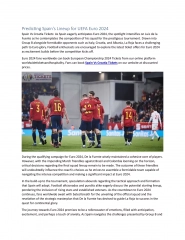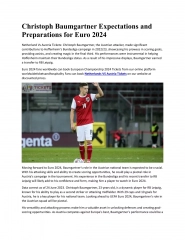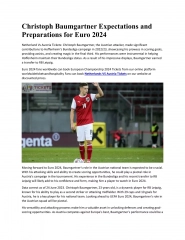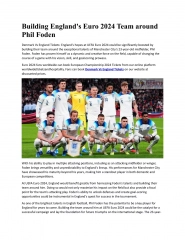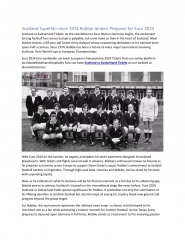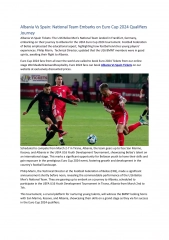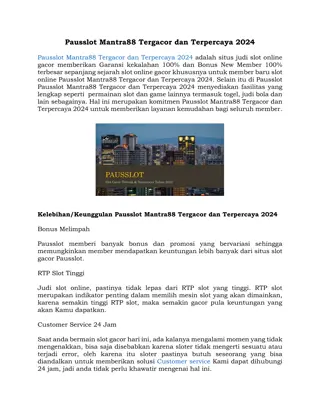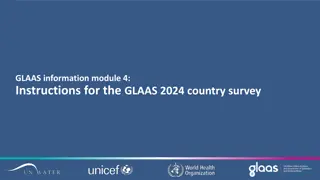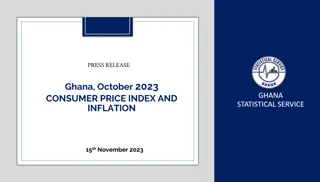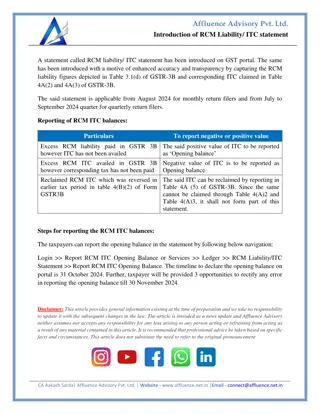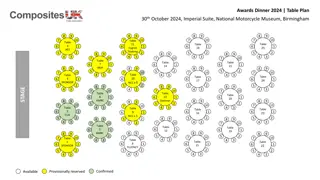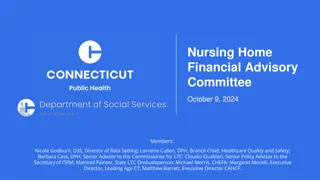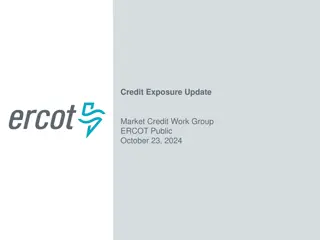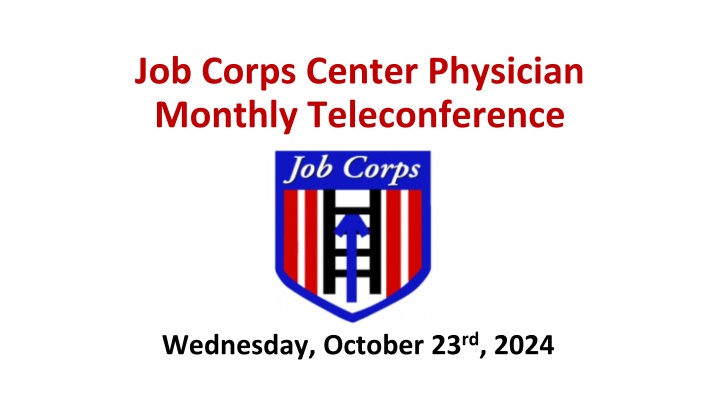
Job Corps Center Physician Monthly Teleconference Update on Respiratory Illnesses and Vaccination Trends
Stay updated on the latest information regarding respiratory illnesses such as COVID-19, influenza, and RSV, as well as vaccination trends for 2024-2025. Learn about CDC's guidance on immunizations, strategies to increase vaccine confidence, and more. Ensure you are informed and prepared to manage and prevent respiratory illnesses effectively.
Download Presentation

Please find below an Image/Link to download the presentation.
The content on the website is provided AS IS for your information and personal use only. It may not be sold, licensed, or shared on other websites without obtaining consent from the author. If you encounter any issues during the download, it is possible that the publisher has removed the file from their server.
You are allowed to download the files provided on this website for personal or commercial use, subject to the condition that they are used lawfully. All files are the property of their respective owners.
The content on the website is provided AS IS for your information and personal use only. It may not be sold, licensed, or shared on other websites without obtaining consent from the author.
E N D
Presentation Transcript
Job Corps Center Physician Monthly Teleconference Wednesday, October 23rd, 2024
CDC Respiratory Illness: COVID- 19 infections and ER visits decreasing Influenza and RSV activity is increasing Respiratory Illnesses Data Channel | Respiratory Illnesses | CDC
CDC Dashboard Influenza-like Illness*: *Percent of visits to enrolled outpatient providers or ERs for fever and cough or sore throat
Management & Prevention of Respiratory Illness in Job Corps: Respiratory Virus Guidance (cdc.gov)
CDC Guidance: Immunizations COVID-19 vaccine 2024-2025 COVID-19 vaccine Recommended for everyone 6 months and older Viral strain is changing, and immunity declines over time Seasonal Influenza vaccine 2024-2025 influenza vaccine Recommended for everyone 6 months and older Trivalent vaccine (3 strains) RSV vaccine Pregnant persons at 32-36 weeks People 60 and older
CDC Vaccination Trends: COVID-19 2024-2025 vaccine 3.7% of children 11.7% of adults 18+ 27.5% of adults 65+ Influenza vaccine 22.1% of children 21.8% of adults 18+ 38.2% adults 65+
COVID-19 Vaccination Intent Adults:
Influenza Vaccination Intent Adults:
CDC strategies to Increase COVID-19 vaccine confidence and uptake: Vaccine ambassadors Medical provider vaccine standardization Reminder, recall Motivational Interviewing Workplace vaccination Effective messages Provider recommendation Combat misinformation 12 COVID-19 Vaccination Strategies for Your Community | CDC
4 Steps for discussing vaccines: Embrace an attitude of empathy and collaboration Be compassionate and genuine curiosity about reasons student feels the way they do Be sensitive to culture, family dynamics and circumstances Ask permission to discuss vaccines If they say no, respect and move on If yes, go to step 3 Motivational Interview On a scale of 0-10, how likely are you to get vaccine? Why (x)? Why not a lower number? What would help you move higher? Respond to questions about vaccines, health, or mental health Talking with Patients about COVID-19 Vaccination | CDC
PRH 2.3 R7: Family Planning Program Must be provided to all students on a voluntary basis. At a minimum, this program must include counseling, health promotion activities, and medical services, including birth control. The Center Director must appoint a staff member to implement and monitor this program.
CDC Contraceptive Use and Practice recommendations: Personal autonomy in contraceptive decision-making Equitable access to the full range of contraceptive methods Offer in non-coercive manner honoring personal values, goals and reproductive autonomy Share decision-making and person-centered approach Remove unnecessary medical barriers to access and use U.S. Medical Eligibility Criteria for Contraceptive Use, 2024 | MMWR
Contraceptive Efficacy:
Health & Wellness Entrance Requirements PRH 2.3 R2(a) The Health and Wellness Program must include the following components: A cursory health evaluation, laboratory testing, and a medical history within 48 hours of arrival on center. The medical history must be documented on the Job Corps Health History Form. The cursory health evaluation and medical history must be conducted by a qualified health professional designated by the Center Physician.
Health & Wellness Entrance Requirements PRH 2.3 R2(b) The Health and Wellness Program must include the following components: A complete entrance physical examination and a review of the medical history within 14 days. The cursory evaluation, with the exception of the required entrance laboratory testing, may be omitted if the physical examination is conducted within 72 hours of a student s arrival on center. The physical examination must be provided by a qualified health professional and documented on the Job Corps Physical Examination Form.
Case presentation A 20 year-old obese male reports an episode of exertional chest pain that occurred while shoveling snow the previous day. The pain was substernal, graded 9/10 ( wicked bad ) in severity and radiated down his left arm. He reports ringing in his ears and blacking out for about a minute, but no syncope. Mild chest pain persists, graded 2/10. Exam reveals BMI 37.2, BP 108/60, heart rate 67, no fever, no chest wall tenderness, clear breath sounds, and normal cardiac auscultation.
Case presentation A 20 year-old obese male reports an episode of exertional chest pain that occurred while shoveling snow the previous day. The pain was substernal, graded 9/10 ( wicked bad ) in severity and radiated down his left arm. He reports ringing in his ears and blacking out for about a minute, but no syncope. Mild chest pain persists, graded 2/10. Exam reveals BMI 37.2, BP 108/60, heart rate 67, no fever, no chest wall tenderness, clear breath sounds, and normal cardiac auscultation. Chest pain was positional - worse lying supine and relieved by sitting forward.
Pericarditis inflammation of the pericardium, with or without effusion viral infection most common cause (80%-90%) distinguish from acute coronary syndromes and pulmonary embolism complications include cardiac tamponade and constrictive pericarditis
Pericarditis Etiology infection viral, bacterial, fungal autoimmune disorders IBD, RA, SLE malignancy lymphoma, leukemia radiation therapy chest trauma uremia renal failure medications isoniazid, mesalamine, phenytoin
Pericarditis Clinical presentation: sudden onset of severe chest pain may be crushing, as with ischemic cardiac pain may be referred to the scapular ridge exacerbated by inspiration, coughing, swallowing worse supine relieved upright, leaning forward pathognomonic pericardial friction rub (33%-85%)
Pericarditis Stages of electrocardiographic findings: diffuse ST-segment elevation and PR-segment depression normalization of ST and PR segments widespread T-wave inversion normalization of T-waves
Pericarditis Management: self-limited, benign course exercise restriction empiric treatment with NSAIDs corticosteroid use increases risk of recurrence colchicine if refractory or recurrent pericardiocentesis for cardiac tamponade
Invitation to submit Do you have an unusual case presentation encountered in your practice at Job Corps? An atypical presentation of a common medical disorder in this age group? A typical presentation of an uncommon medical disorder in this age group? If so, please submit a proposal for a brief 10-15 minute presentation on a future monthly call to John.Kulig@Humanitas.com
Upcoming webinars Autism Spectrum Disorder Description: The webinar will provide an overview of prevalence and diagnostic criteria for Autism Spectrum Disorder (ASD), as well as the challenges and functional limitations that students with ASD often experience at Job Corps. The information presented is designed to assist centers in identifying appropriate strategies and accommodations to support the success of students with ASD in Job Corps. Tuesday, October 29, 2024 @ 10:00 am CT Thursday, October 31, 2024 @ 2:00 pm CT jobcorps.webex.com
Open Forum https://www.surveymonkey.com/r/J6RNX9J
Regional Medical Specialists Contact us with policy or clinical questions John Kulig MD MPH Gary Strokosch MD Drew Alexander MD Sara Mackenzie MD MPH Region 1 Boston & Region 2 Philadelphia Region 3 Atlanta & Region 5 Chicago Region 4 Dallas Region 6 San Francisco HIPAA compliant messages => use @jobcorps.org email address
Monthly Teleconference Next call: Wednesday, December 4th, 2024 Center PhysicianCall - November/December 2024 (combined) December 4, 2024, 2:00 3:00 PM (America/New_York) Please join my meeting from your computer, tablet or smartphone. https://meet.goto.com/145615093 You can also dial in using your phone. Access Code: 145-615-093 United States: +1 (872) 240-3212 Get the app now and be ready when your first meeting starts: https://meet.goto.com/install


